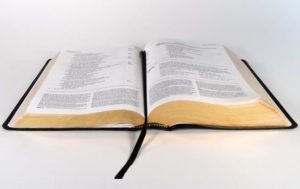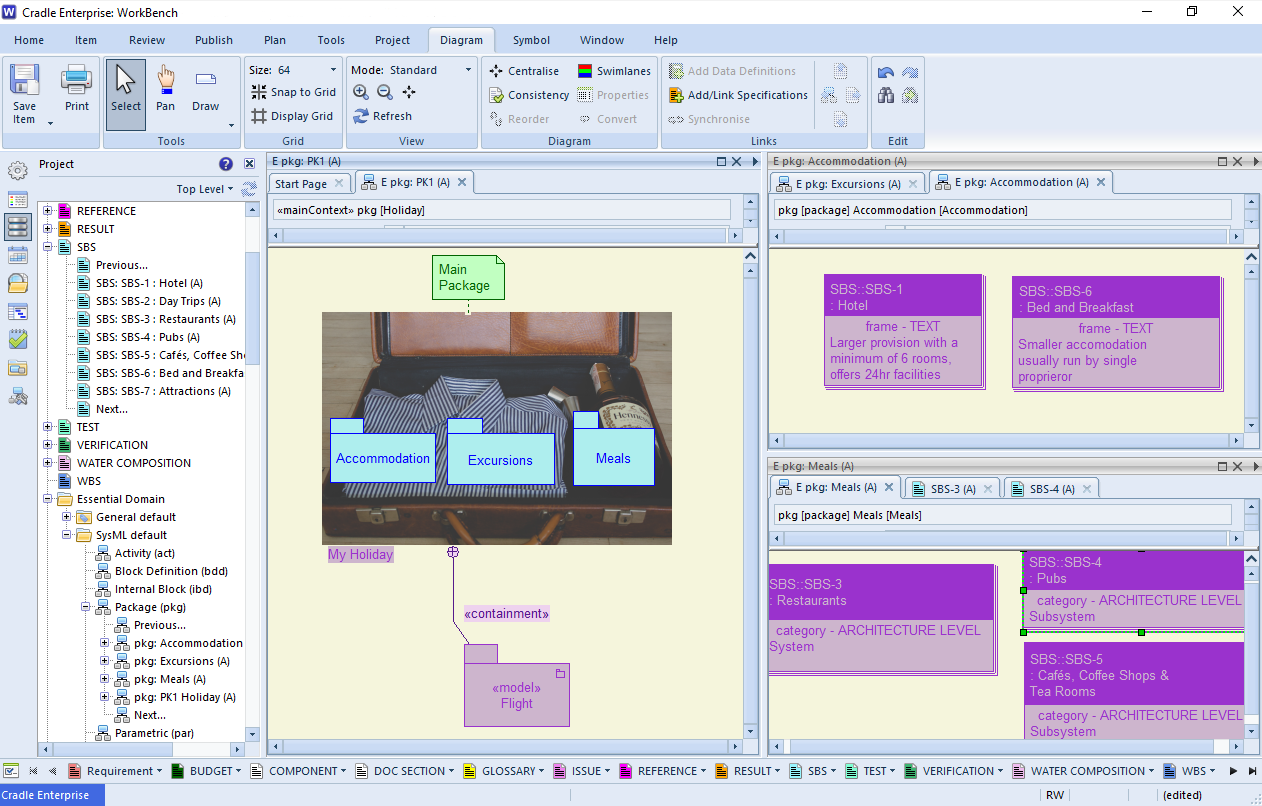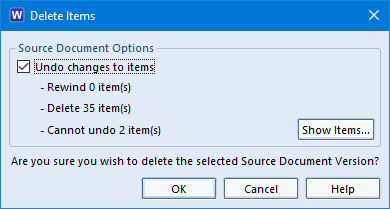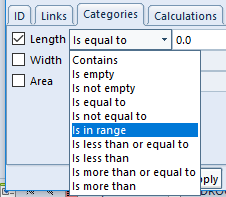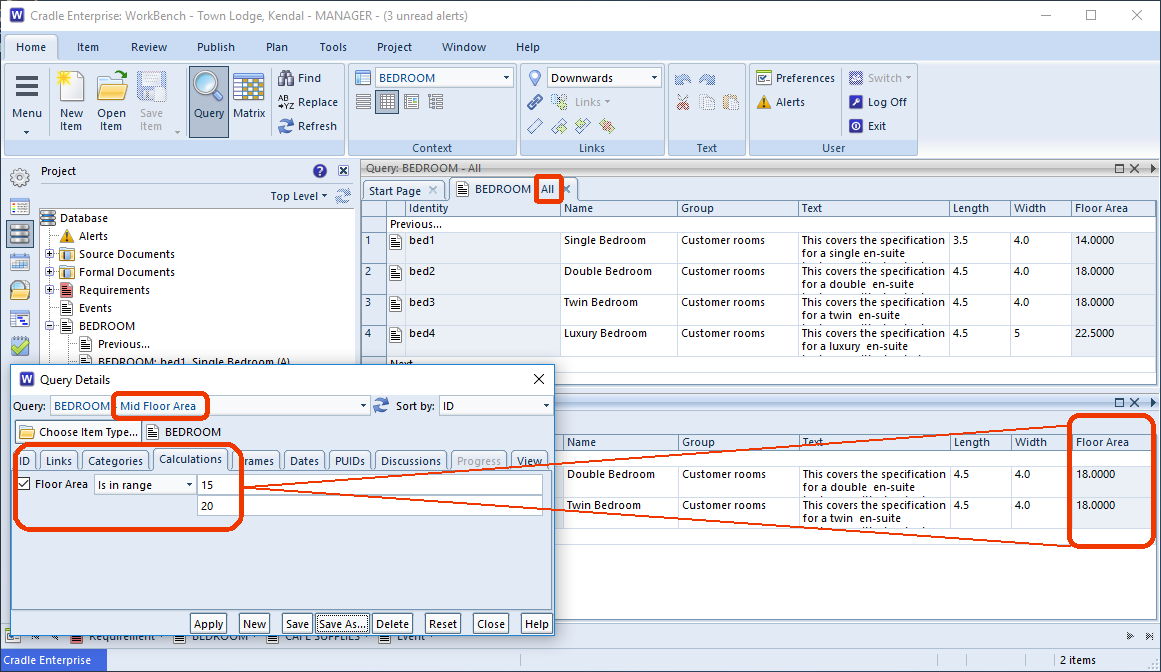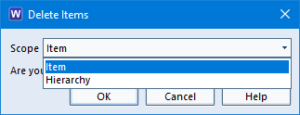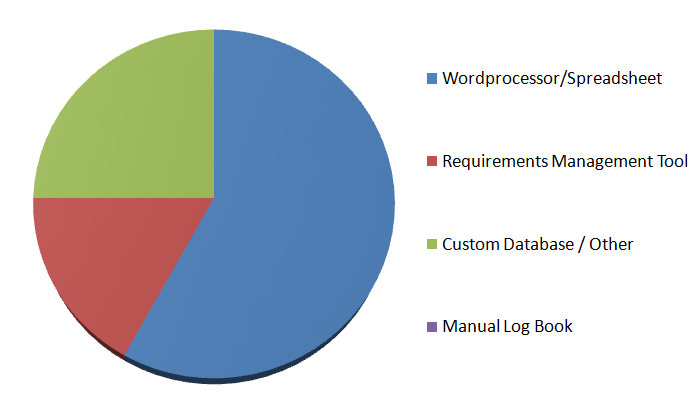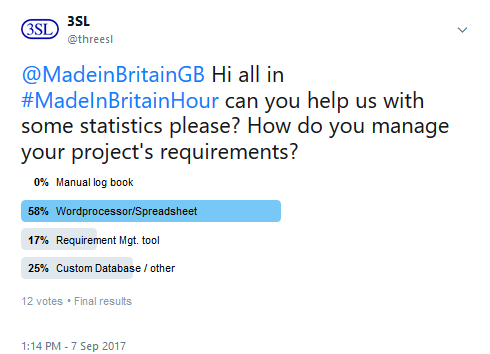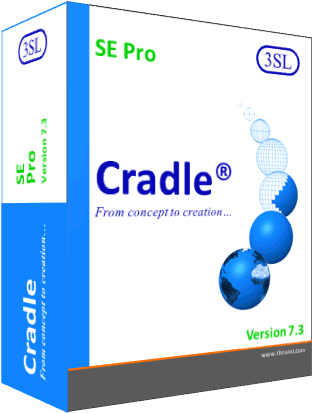New Cradle Release
We are pleased to announce the release of Cradle-7.3.1, with some useful new features and some fixes. We’ll be sending announcement e-mails to all customers with active maintenance, and e-mails to the customers whose enhancements have been added, and whose reported bugs have been fixed.
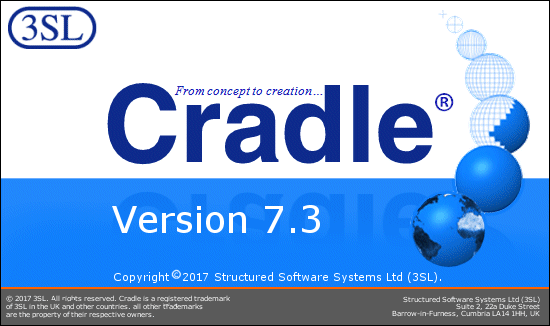
Some of the new features in this release are:
- Excel Capture Utility, allow auto numbered items to be created when a column is mapped to the Identity attribute and the identity is blank.
- Update Windows builds to support Microsoft .NET Framework v4.7.
- Performance improvement in Doc Viewer control.
- Web Access, for a parametric query using category picklists, display the picklist in the parametric UI.
- Allow multi-value view cell containing ID, Key etc., to trigger heading behaviour in Document View
- Improve Schema Report – Coloursets.
Upgrading
If you upgrade to Cradle-7.3.1 anywhere, you must upgrade everywhere, the server and all clients. Visit the download area.
If you are upgrading from a version prior to Cradle-7.3 you will require a Security Code. Contact our Support Department to get your new Security Code.
Customers who purchased a single-user Cradle-7.3 product can also apply this new release.


